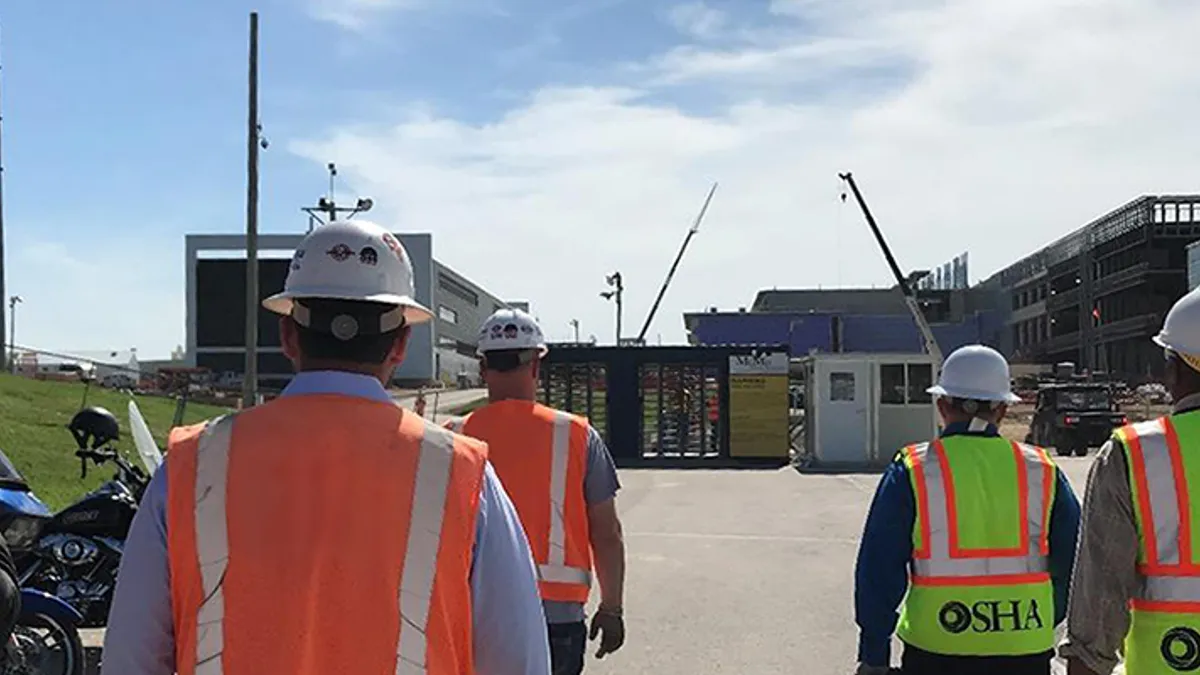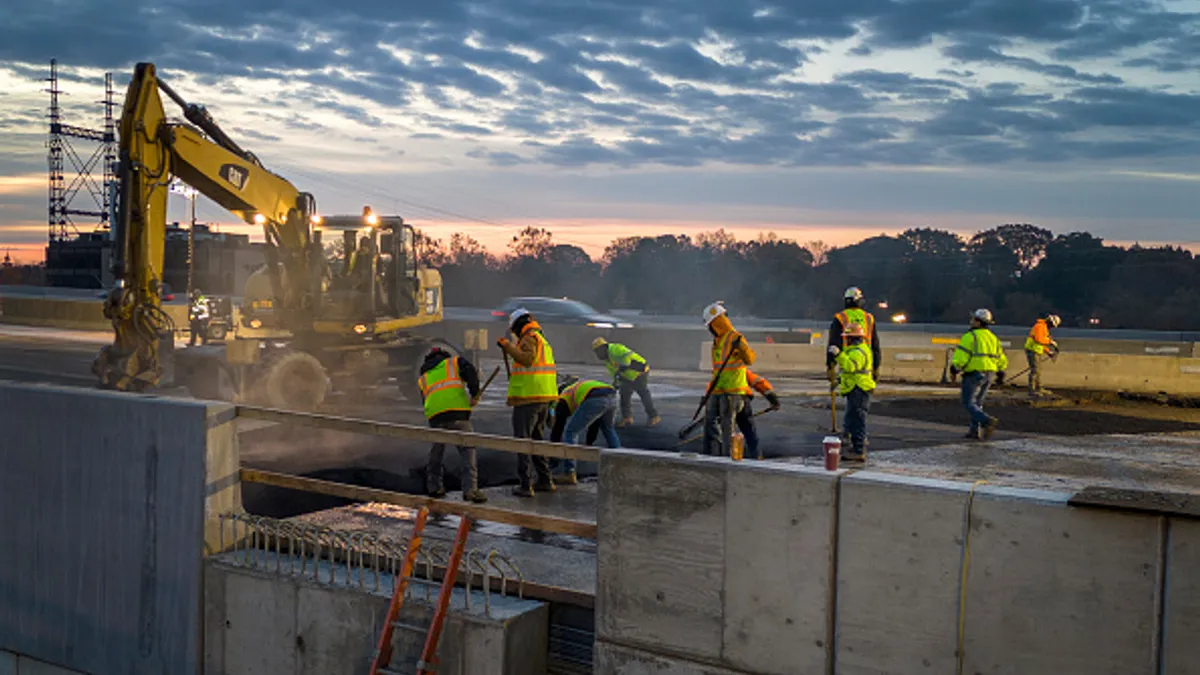While no one would disagree with OSHA's mission, which is to ensure the safety of U.S. workers through compliance with the agency’s standards, the prospect of a workplace inspection might rattle even the most safety-conscious employer's nerves with fears of being caught on a bad day or drawing a hostile inspector.
OSHA also raised its fines more than 80% in August 2016, increasing the maximum fine for the least serious type of violation from $7,000 to $12,740 which makes the potential financial ramifications of a violation even more severe. Since then, fines have seen and will continue to see an increase in line with the Consumer Price Index each January, bringing the agency’s maximum per-violation monetary penalties as of Jan. 15, 2020 to:
- $134,937 – Willful or repeated
- $13,494 – Serious, other-than-serious, posting requirements
- $13,494 – Failure to abate
These are maximum fines, so the actual fine that OSHA levies could be less. However, every employer has the right to contest these fines, as well as the citations that accompany them.
There are four general reasons that federal OSHA will inspect a construction project, said attorney Gregory Narsh with Troutman Pepper Hamilton Sanders LLP in Detroit. These are:
- A fatality.
- A catastrophic incident like a building collapse.
- An employee complaint.
- A routine inspection.
While OSHA will always respond in some way to the first three scenarios, Narsh said, the last is more unpredictable because OSHA simply does not have the resources to inspect all establishments on a regular basis. However unlikely, though, it is still a very real possibility.
The first two types of incidents typically result in a physical OSHA presence on the jobsite, but the agency will respond to some employee complaints by letter, a possible alternative to a site visit depending on the severity of the complaint, he said. OSHA has up to six months from an inspection to issue citations.
How to handle a citation
If OSHA decides that a violation warrants a citation and notification of penalty, there are several steps that contractors should take. First, said attorney Phillip Russell with Ogletree, Deakins, Nash, Smoak, & Stewart in Tampa, Florida, contractors must keep track of the 15 business days they have to contest the citation and penalties, which works out to about three calendar weeks.
There are very few exceptions to this deadline, Narsh said, and even if it seems likely that the OSHA area office and the employer will reach an agreement through the negotiation of an informal settlement, if that settlement cannot be finalized within the 15 working day time period, then it is prudent for the employer to file a formal contest even if it is simply to preserve its rights.
This is also the time, according to Russell, that the contractors should decide on what they want out of the process. Are they looking for a complete reversal of the citation and fine? If that's not possible, would they be satisfied with a reclassification of the citation from willful to serious or a change in the description of the offense?
Just a reclassification of the type of violation or a change in the narrative around the violation could be enough to make many employers happy, he said.
“I have contested hundreds of citations in my career, and I have never had one be driven by the proposed penalties — not one,” Russell said. “Willful or repeat or even certain kind of serious violations can inhibit a construction company’s ability to get work.”
And there’s no room for fudging the truth when it comes to disclosing safety violation information on a qualification statement, he said, since data about employers’ OSHA violations is so readily available on the agency’s website.
At this point, Narsh said, it’s also possible that a company facing a citation could choose to just pay the fine and be done with it, although he recommends consulting an attorney before admitting to any violation, but especially when there has been a death or serious injury. The damages due to an injured employee are usually limited by workers’ compensation laws, but, depending on the state, third-party contractors on a project where there is a serious accident may not be protected by such laws and are often targets of lawsuits as well.
Rules around inspections and contest procedures could differ in states with their own OSHA-approved plans, Narsh said.
Contesting a citation
An employer can contest a citation on three grounds, according to OSHA: the citation, the proposed penalty and/or the abatement date.
Once an employer files a notice of intent to contest, Narsh said, the citations, including the proposed penalties and abatement dates, are put on hold pending a final resolution, be it through settlement or trial.
Disputes, he said, don't usually make it to trial, even though the entire process starts heading that way once the employer formally contests the citation(s).
“Typically,” he said, “the notice of contest will just give you more time to negotiate a settlement.”
Barring a settlement, the contest process follows certain steps after the employer files a notice of intent to contest, according to OSHA.
The area office forwards the notice to the Occupational Safety and Health Review Commission, which will assign the case to an administrative law judge, who will then schedule a hearing.
“Here’s the beauty of it all: OSHA doesn’t decide if OSHA got it right. The review commission is independent of the Department of Labor," Russell said.
An OSHRC review has all the elements of a standard trial, including discovery, depositions and cross examination of witnesses. Employers can also appeal a decision of the administrative law judge. In that event, the case would go up for review by the full commission. If the commission’s decision is unsatisfactory then the case moves to a federal appellate court, Russell said, with the last stop the U.S. Supreme Court, although OSHA cases rarely make it that far.
How to prepare
Since the process of contesting an OSHA citation is so similar to a trial, Russell said, it underscores the importance that contractors keep detailed records about the company’s safety procedures, including how the company addressed and corrected any issues brought up during the initial inspection.
Contractors that decide to contest a citation should bring a lawyer, Russell said. “At the point you contest a violation, you are now litigating against the federal government.”






















